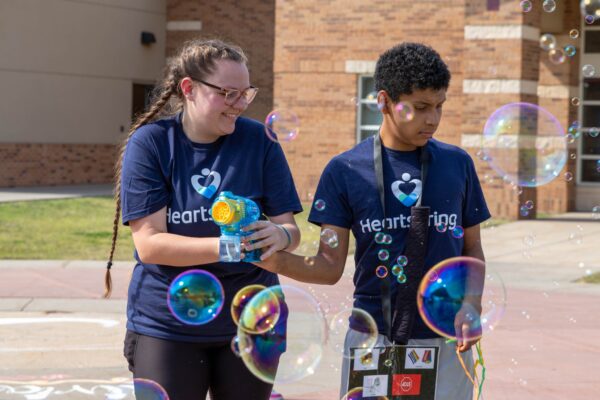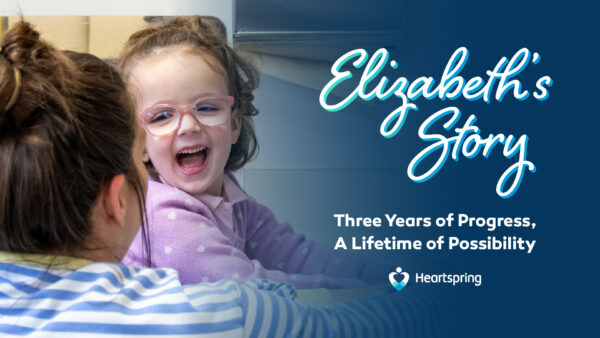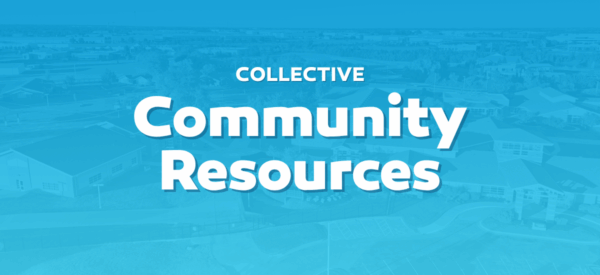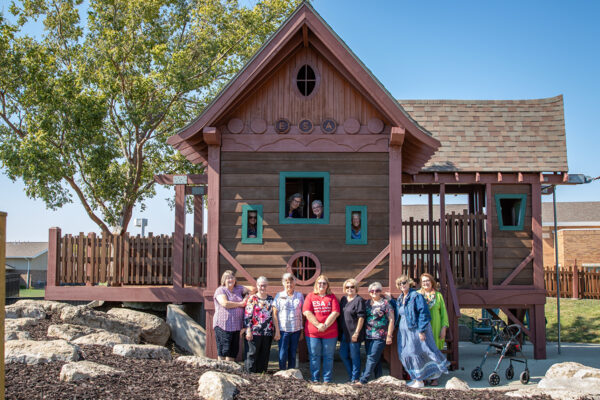https://www.ksdetasn.org/mtss/overview
Overview
A Multi-Tier System of Supports (MTSS) is a term used in Kansas to describe how schools go about providing supports for each child in their building. These supports are to help each child to be successful and the processes and tools teachers, behavioral specialist, and other related service providers use to make decisions.
There are two federal laws that have made a difference in how schools deliver and coordinate services for children. The first is the Elementary and Secondary Education Act (ESEA); most recently referred to as the No Child Left Behind (NCLB) Act. This Act requires that by the year 2014 all of students are to meet the proficiency targets in the areas of reading and math, that schools would have a high graduation rate, and conversely a low dropout rate.
The second law influencing districts and schools is the 2004 reauthorization of the Individuals with Disabilities Education Act (IDEA). IDEA is the federal law that defines special education. The concept of Response to Intervention (RtI) was introduced in the 2004 reauthorization of IDEA and has influenced the way districts identify and serve students with exceptionalities.
These two laws, when taken together, support the beliefs and practices behind Kansas’ Multi-Tier System of Supports.
Definition
MTSS is a coherent continuum of evidence based, system-wide practices to support a rapid response to academic and behavioral needs, with frequent data-based monitoring for instructional decision-making to empower each Kansas student to achieve to high standards.
Focus
The focus of MTSS is system level change across the classroom, school, district and state.
Core Beliefs
- Every child learns and achieves to high standards
- Learning includes academic and social competencies
- Every member of the learning community continues to grow, learn and reflect
- Every leader at all levels is responsible for every child
- Change is intentional, coherent and dynamic
To Achieve these Beliefs
- Every child will be provided a rigorous and research-based curriculum
- Every child will be provided effective and relentless teaching
- Interventions will be provided at the earliest identification of need
- Policy will be based on evidence based practice
- Every educator will continuously gain knowledge and develop expertise to build capacity and sustain effective practice
- Resources will be intentionally designed and redesigned to match student needs
- Every leader will be responsible for planning, implementing and evaluating
- Academic and behavioral data will be used to inform instructional decisions
- Educators, families and community members will be part of the fundamental practice of effective problem-solving and instructional decision making
- An empowering culture will be enhanced/developed that creates collective responsibility for student success
Why we are doing it at Heartspring?
Many of our Heartspring students have challenging behaviors that interfere with their academic progress at school, as well as interfere with home life and community access. When working with students, Heartspring utilizes evidence-based and emerging practices, based on the National Standards Project as developed by the National Autism Center.
Advanced and custom technologies are utilized to help students and staffs maximize learning opportunities. Custom technology also provides a state of the art data collection system that allows professionals immediate access to raw data, graphs and other student information that help determine progress, show trends and guide programming.
MTSS at Heartspring
The state guidelines of MTSS do not fit our students. All our students would be considered Tier 4. Therefore to conduct MTSS we have to set up a new system to fit our students. MTSS is a system that reviews strategies that teachers, behavioral specialist, vocational, APE, speech, and OT are doing in the classroom and the team helps brainstorm what could be done to better improve the outcomes of the students in goals, programing, and behavior.
MTSS (Multi-Tiered System of Support) Team
Three methods of assessment will be used: the DASH-3 (Developmental Assessment for Individuals with Severe Disabilities), yearly Functional Behavior Assessments, and the BRIGANCE. IEP Goals and student’s behavioral data will considered as the accepted indicators of academic and behavioral success at Heartspring.
The DASH-3 or BRIGANCE will be given every year preceding the IEP planning meeting. The DASH-3 is a criterion referenced assessment that measures specific skills levels in persons of all ages who have severe and/or multiple physical or sensory disabilities, including persons with severe and profound intellectual disabilities or autism spectrum disorder. It measures an individual’s ability to demonstrate relevant skills in a developmental sequence using two of the five scales. The BRIGANCE can be used to determine each student’s present level of performance and provide ongoing assessment across a broad range of reading/ELA and mathematics skill areas.
Professionals will continue taking progress data from the students IEP Goals (monthly) and sharing that information with the IEP team, parents and school districts via Email. At the end of every month Professionals will evaluate their student’s progress and assign them the appropriate tier level:
Students who are making adequate progress on their IEP goals will be considered Tier 4.1.
Students who are not making adequate progress but have interventions in place are considered Tier 4.2.
Students who are not making adequate progress and the interventions have not been effective over a period of one to three months will then be considered Tier 4.3.
Interventions are defined as systematic and appropriately intensive assistance to children who are at risk for or already underperforming. A list of possible interventions will be made available for professionals to use as a source of possible actions to take.
Adequate progress on the IEP goals is defined as an increase from the last month’s performance or reaching a score higher than the baseline data. If the student is not demonstrating growth the Professionals will put interventions in place and make the necessary modifications and accommodations to support the student’s ability to validate development on that IEP goal. At the end of the month the Professional will re-evaluate the student’s progress.
If, at that time, the student has not made improvement the professional will keep the student at Tier 4.2 and employ a new set of interventions. The professional will consider new resources, seek advice from other educational professionals or ask for the IEP team’s collaboration to help determine the cause of the situation and help remedy the student’s decline. The IEP team or group of teachers (PLC) can meet and brainstorm a list of possible interventions to attempt for this specific situation. The professionals will take specific issues to the respective area of expertise. As defined by the Heartspring MTSS Outline interventions will be trialed from one to three months. If the student makes no progress at the end of three months they will be identified as 4.3 and referred to the MTSS Team.
If the student is not making progress, no cause can be determined and interventions are not working the student will be labeled Tier 4.3 and the professional will refer the student to the MTSS (Multi-Tiered System of Support) Team will meet to discuss the student’s progress, evaluate the data and determine the next step in remediation.



